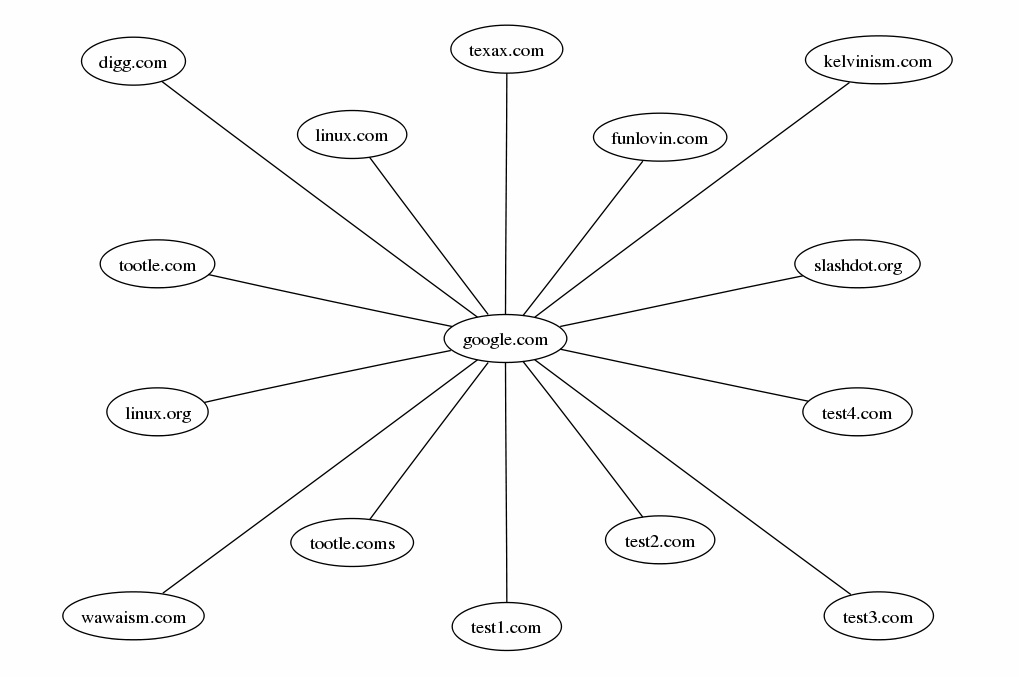Alexa Site Thumbnail with Python II
This is how I actually use Alexa Site Thumbnail, and since I’min a sharing mood, I’ll extend the code your way. In short, this takes the url and searches in STORELOC first, then any urls not already in STORELOC are retrieved and named via a slug. You need to pass two variables to either of these: blog_site.url and blot_site.slug – since I’m using Django, this is naturally how sites are returned after I filter a queryset. What I do is place the call to Alexa as high up the page as I can, and because I’ve threaded this, the page can continue to load without waiting for Alexa’s response. For instance, let’s say you have some model with cool sites, and you want to return the sites filtered by owner…
views.py
from getAST import create_thumbnail_list
blog_sites = CoolSiteListing.objects.filter(owner__username__iexact=user_name, is_active=True)
create_thumbnail_list(blog_sites).start()
Notice the .start() on the create_thumbnail_list function? That starts the thread.
getAST.py
import base64
import datetime
import hmac
import sha
import sys
import re
import urllib
import xml.dom.minidom
import os
import threading
AWS_ACCESS_KEY_ID = 'your-access-key-id'
AWS_SECRET_ACCESS_KEY = 'your-super-secret-key'
STORELOC = "/path/to/store/thumbs/"
# This one is for an individual thumbnail...
class create_thumbnail(threading.Thread):
# Override Thread's __init__ method to accept the parameters needed:
def __init__(self, site_url, site_slug):
self.site_url = site_url
self.site_slug = site_slug
threading.Thread.__init__(self)
def run(self):
# First check if the thumbnail exists already
# site_slug is the name of thumbnail, for instance
# I would generate the slug of my site as kelvinism_com,
# and the entire image would be kelvinism_com.jpg
if not os.path.isfile(STORELOC+self.site_slug+".jpg"):
def generate_timestamp(dtime):
return dtime.strftime("%Y-%m-%dT%H:%M:%SZ")
def generate_signature(operation, timestamp, secret_access_key):
my_sha_hmac = hmac.new(secret_access_key, operation + timestamp, sha)
my_b64_hmac_digest = base64.encodestring(my_sha_hmac.digest()).strip()
return my_b64_hmac_digest
timestamp_datetime = datetime.datetime.utcnow()
timestamp_list = list(timestamp_datetime.timetuple())
timestamp_list[6] = 0
timestamp_tuple = tuple(timestamp_list)
timestamp = generate_timestamp(timestamp_datetime)
signature = generate_signature('Thumbnail', timestamp, AWS_SECRET_ACCESS_KEY)
parameters = {
'AWSAccessKeyId': AWS_ACCESS_KEY_ID,
'Timestamp': timestamp,
'Signature': signature,
'Url': self.site_url,
'Action': 'Thumbnail',
}
url = 'http://ast.amazonaws.com/?'
result_xmlstr = urllib.urlopen(url, urllib.urlencode(parameters)).read()
result_xml = xml.dom.minidom.parseString(result_xmlstr)
image_urls = result_xml.childNodes[0].getElementsByTagName('aws:Thumbnail')[0].firstChild.data
#image_name = re.sub("\.|\/", "_", result_xml.childNodes[0].getElementsByTagName('aws:RequestUrl')[0].firstChild.data) + ".jpg"
image_name = self.site_slug + ".jpg"
store_name = STORELOC + image_name
urllib.urlretrieve(image_urls, store_name)
return image_name
# And this one is for a list
class create_thumbnail_list(threading.Thread):
# Override Thread's __init__ method to accept the parameters needed:
def __init__(self, all_sites):
self.all_sites = all_sites
threading.Thread.__init__(self)
def run(self):
SITES = []
# go through the sites and only request the ones that don't
# exist yet
for s in self.all_sites:
if not os.path.isfile(STORELOC+s.slug+"SM.jpg"):
SITES.append(s)
if SITES:
def generate_timestamp(dtime):
return dtime.strftime("%Y-%m-%dT%H:%M:%SZ")
def generate_signature(operation, timestamp, secret_access_key):
my_sha_hmac = hmac.new(secret_access_key, operation + timestamp, sha)
my_b64_hmac_digest = base64.encodestring(my_sha_hmac.digest()).strip()
return my_b64_hmac_digest
timestamp_datetime = datetime.datetime.utcnow()
timestamp_list = list(timestamp_datetime.timetuple())
timestamp_list[6] = 0
timestamp_tuple = tuple(timestamp_list)
timestamp = generate_timestamp(timestamp_datetime)
signature = generate_signature('Thumbnail', timestamp, AWS_SECRET_ACCESS_KEY)
image_loc = {}
image_num = []
image_size = {}
count = 1
for s in SITES:
image_num = 'Thumbnail.%s.Url' % count
image_loc[image_num] = s.url
count += 1
parameters = {
'AWSAccessKeyId': AWS_ACCESS_KEY_ID,
'Timestamp': timestamp,
'Signature': signature,
'Action': 'Thumbnail',
'Thumbnail.Shared.Size': 'Small',
}
parameters.update(image_loc)
ast_url = 'http://ast.amazonaws.com/?'
result_xmlstr = urllib.urlopen(ast_url, urllib.urlencode(parameters)).read()
result_xml = xml.dom.minidom.parseString(result_xmlstr)
count = 0
for s in SITES:
image_urls = result_xml.childNodes[0].getElementsByTagName('aws:Thumbnail')[count].firstChild.data
image_name = s.slug + "SM.jpg"
store_name = STORELOC + image_name
urllib.urlretrieve(image_urls, store_name)
count += 1


